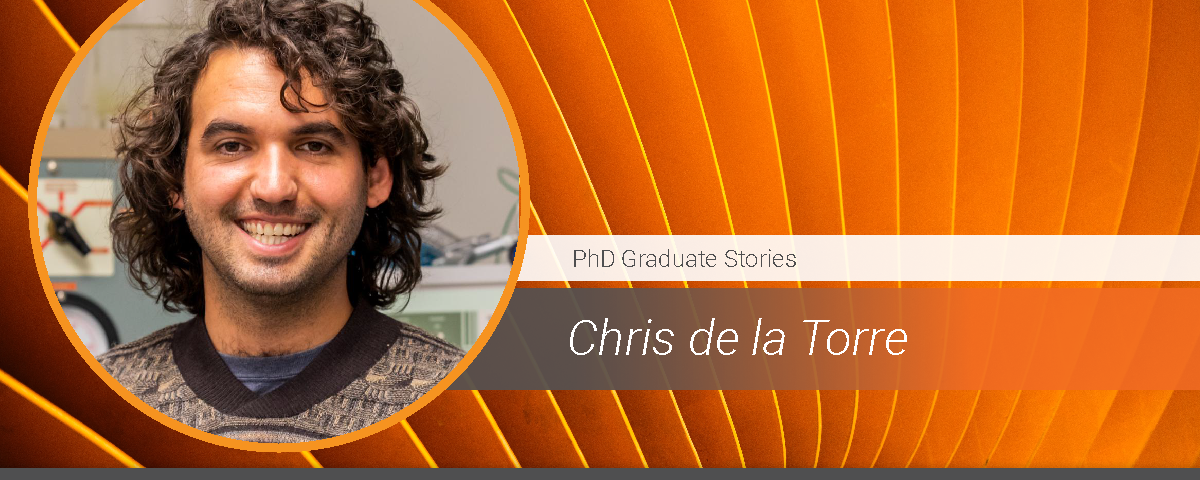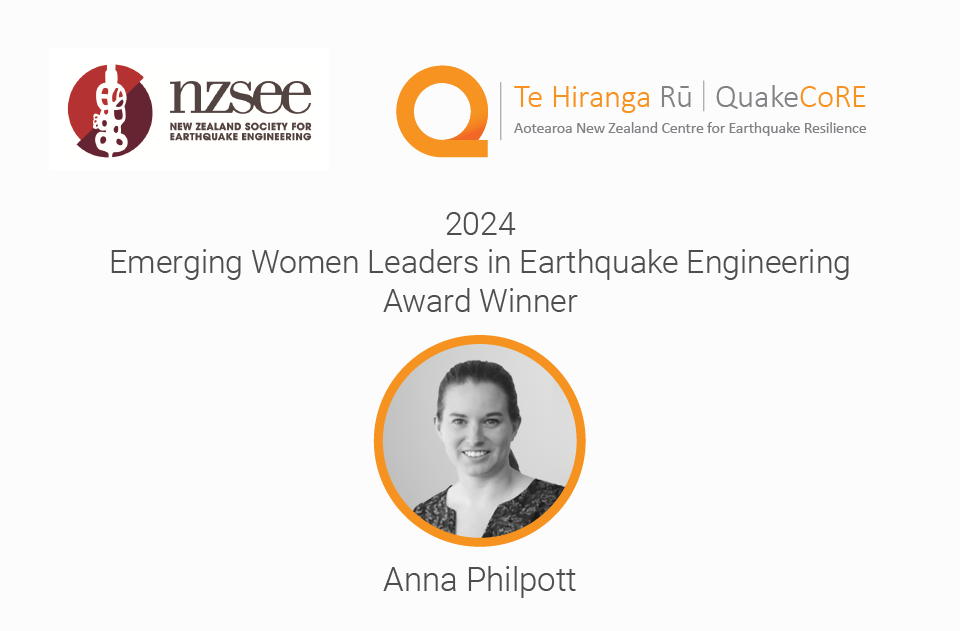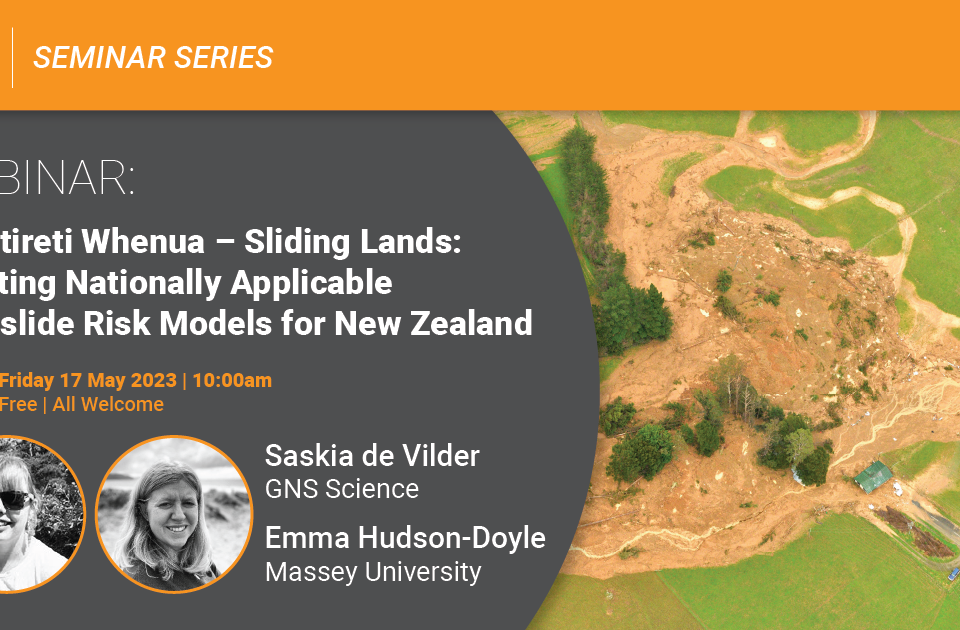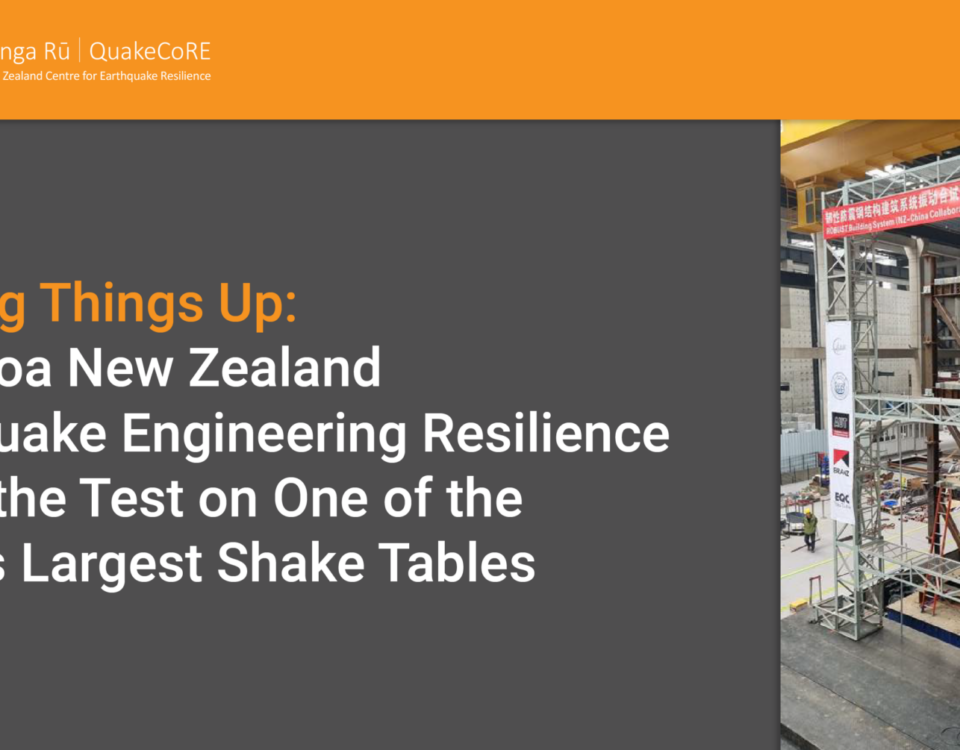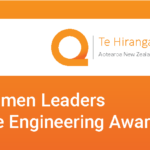
NZSEE/QuakeCoRE Emerging Women Leaders in Earthquake Engineering Award 2023
February 20, 2023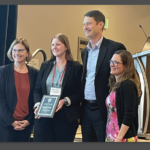
EERI 2022 Outstanding Paper Awarded in San Francisco
April 13, 2023
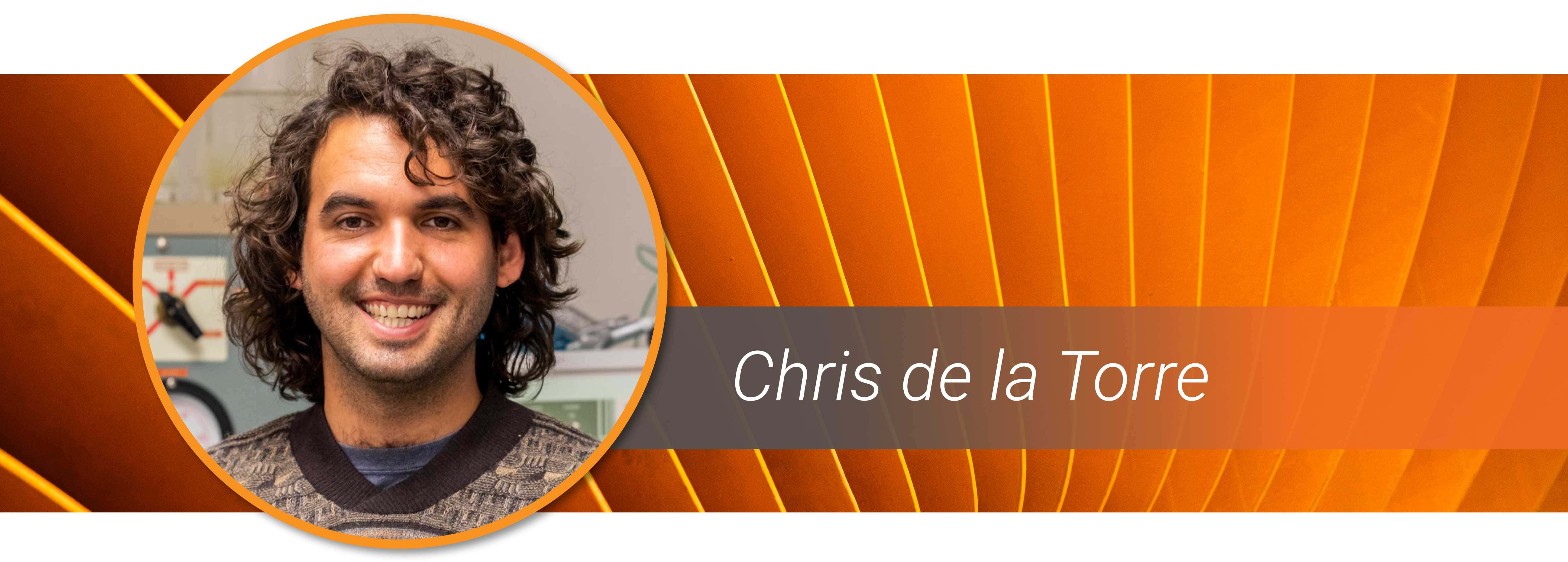
Chris de la Torre is choosy about where he lives. But knowing that Aotearoa New Zealand was “paradise for the outdoorsman” meant he didn’t take long to accept a PhD scholarship from Te Hiranga Rū QuakeCoRE. He was a geotechnical engineer working in Seattle (also a paradise), but Chris enjoys learning about complex natural phenomena like earthquakes, so he wanted more time to investigate than is possible in the fast-paced consultancy world.
For his PhD, Chris studied the geotechnical equivalent of jelly in a bowl. He looked at ground made of soft sediments because these can shake like jelly in earthquakes – which is not good for the buildings on top! Chris used 20 sites around Christchurch, and their recorded behaviour during the Canterbury Earthquake Sequence, to develop a predictive model. He also investigated ways of estimating how sediments change laterally so he could introduce two dimensions instead of the one dimension previously used.
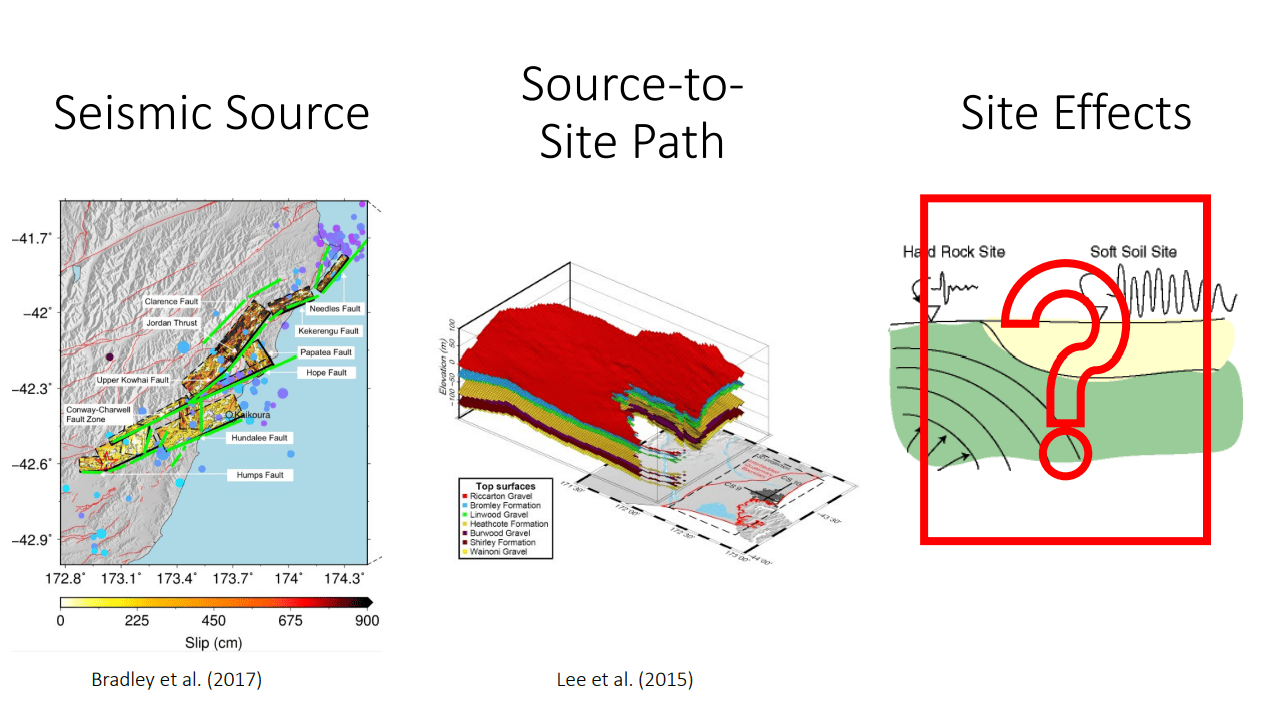
From: Coupling Nonlinear Ground Response Analysis with Physics Based Ground Motion Simulation, by Chris de la Torre, 22 June 2017
Chris tested his model on 21 sites in California. He found that his approach, which includes soil spatial variability, approximated the observed earthquake recordings reasonably well. His analyses provide a means to incorporate more realistic phenomena when modelling how soft soils amplify earthquake shaking.
As part of a postdoctoral fellowship at the University of Canterbury, Chris is currently predicting how sedimentary basins around Wellington will shake when subjected to large earthquakes. His previous experience as a consultant has helped to tailor his research.
Chris says he wouldn’t be in New Zealand if it wasn’t for QuakeCoRE. He appreciates the emphasis on collaboration and opportunities to work with international experts that QuakeCoRE provides. He has been stimulated by the vibrant earthquake engineering community in New Zealand and, in the wake of the Christchurch and Kaikōura earthquakes, there is more interesting work to do here – and much more backcountry to explore!
Chris has recently been awarded a QuakeCoRE RfP Proposal Development Grant for the project: Towards seismic microzonation of basin and site effects across New Zealand: Wellington and beyond.
At the time of publishing, PhD and Masters Scholarship applications are now open, until Noon on Friday 5 May 2023, you’ll find more information here.
QuakeCoRE is committed to developing the next generation of researchers in order to transform the earthquake resilience of communities and socieities, through innovative world-class research, human capacity development and deep national and international collaborations.
QuakeCoRE aims to establish and link multi-institutional national research programmes that are internationally networked. The research programmes will advance the science and implementation pathways of earthquake resilience through system-level science with highly integrated collaborations coordinated across the physical, engineering, and social sciences and relevant research institutions. Our research is organised into Disciplinary Themes, Inter-disciplinary Programmes and the Coordination Mechanisms of Technology Megatrend Capability Areas and Regional Network Areas.
QuakeCoRE has nationally connected Student Chapters throughout the major centres of Aotearoa New Zealand to promote networking, collaboration and knowledge sharing between members of the earthquake resilience community. More information about the Chapters can be found here.
Find out more about our current annual scholarship rounds here
Sign up to our monthly newsletter here
Join us for our monthly online Seminar Series here


